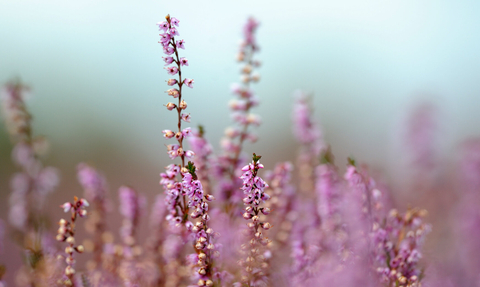
WildNet - Amy Lewis
Wildlife Gardening Tips for September
Build a reptile hibernaculum
Now that the weather is cooling down, it’s time to start thinking about how you could help wildlife survive the winter. There is a novel kind of raised bed you can build which will also provide hibernation sites for wildlife, known as ‘Huglekultur’. It provides a home for wildlife whilst also providing a rich soil for your plants. To make your own, take the following steps:
- Start by choosing a dry area, preferably where the raised bed will have long grass or other vegetation around it.
- Mark out an area of 1m x 2m (or bigger if you like!), with the long side facing south.
- Take the turf off this area and set it aside, then dig a trench 20cm deep.
- Fill this trench with large logs in a non-regimented way, roughly forming the shape of a bank up to 1m high. This will create chambers below the frost level where reptiles, amphibians and other species
can hibernate. - Cover this log pile with smaller branches and twigs.
- Place the turf over the top, grass-side facing down and cover with the earth from the trench, plus extra if required.
- You can then plant vegetables and wildflowers on top of the mound. The wildflowers will attract pollinators to your vegetables and the reptiles and amphibians living in the bed will take care of the pests for you!

© Danny Green/2020VISION.
Save seed heads
When clearing flower beds, leave seed heads of plants like Agrimony, Teasel and Sunflowers for finches to feed from over the winter.
